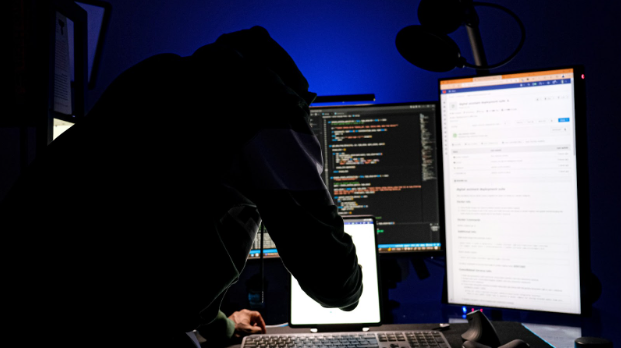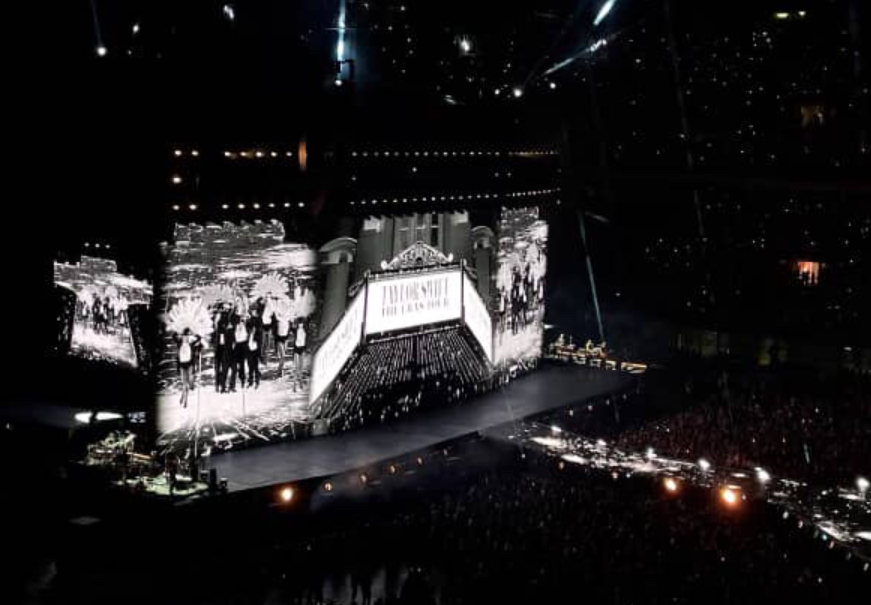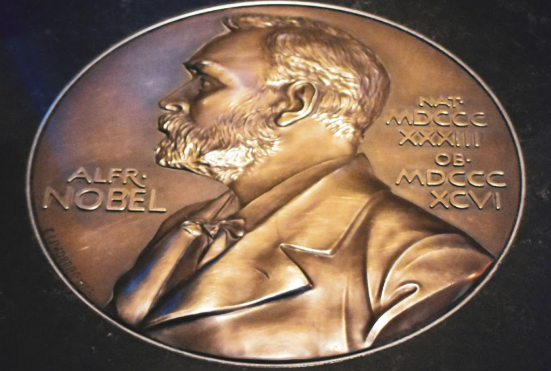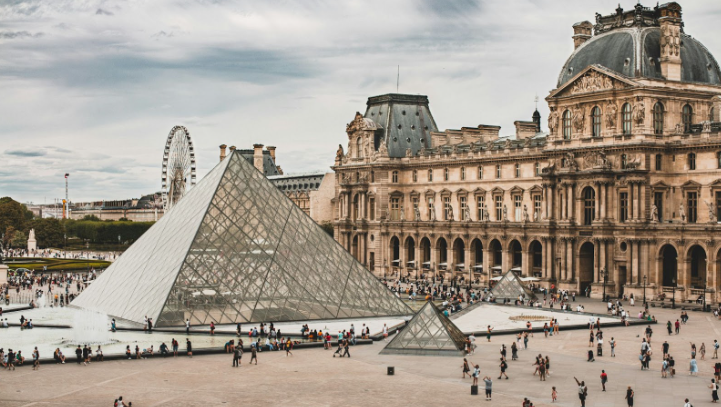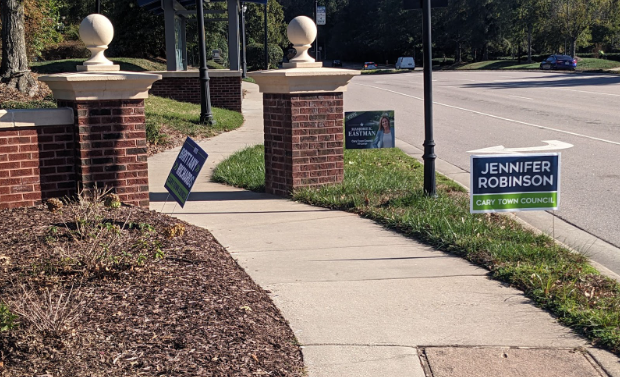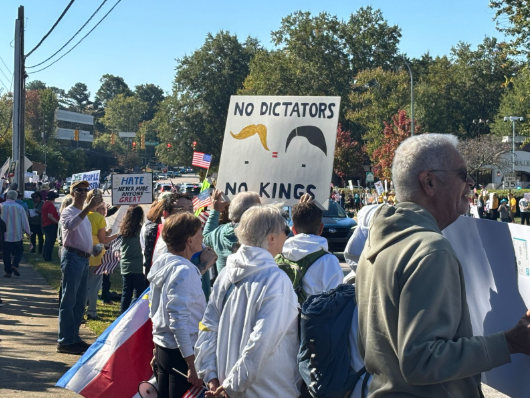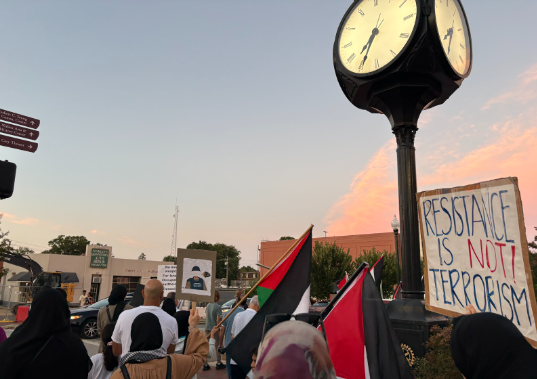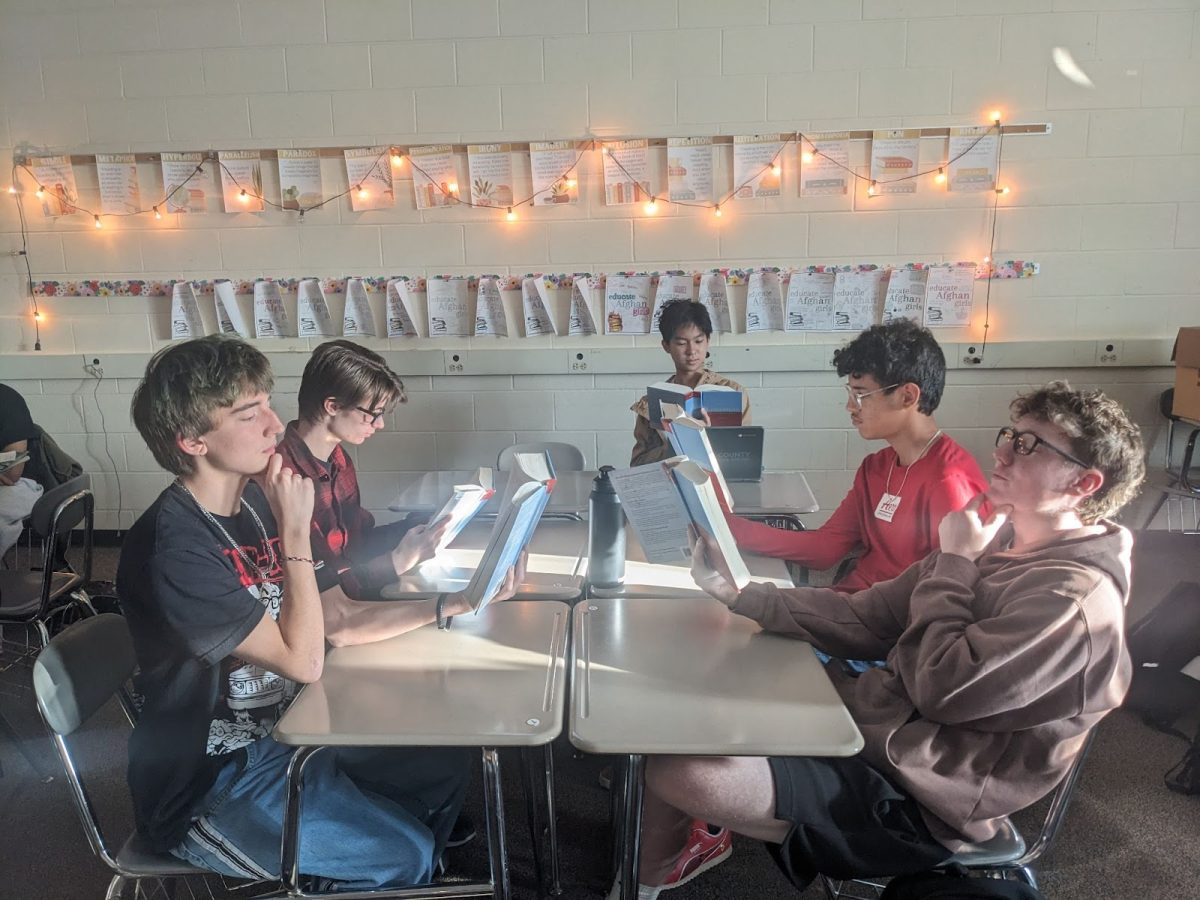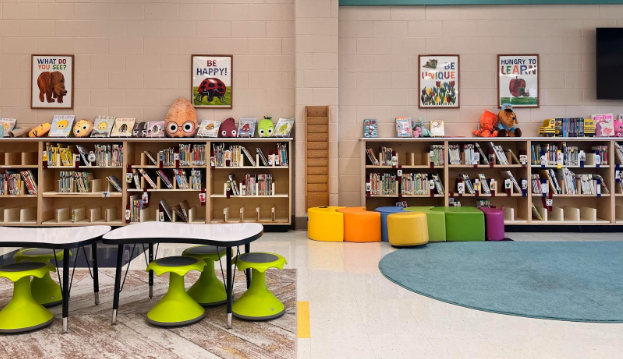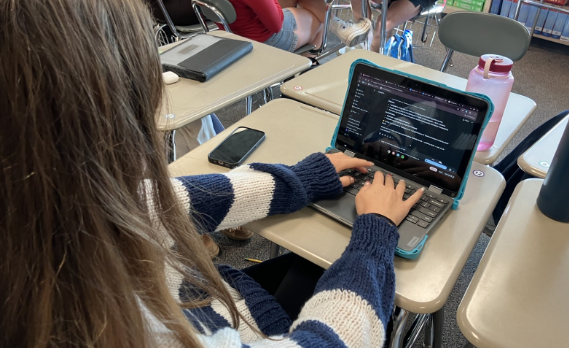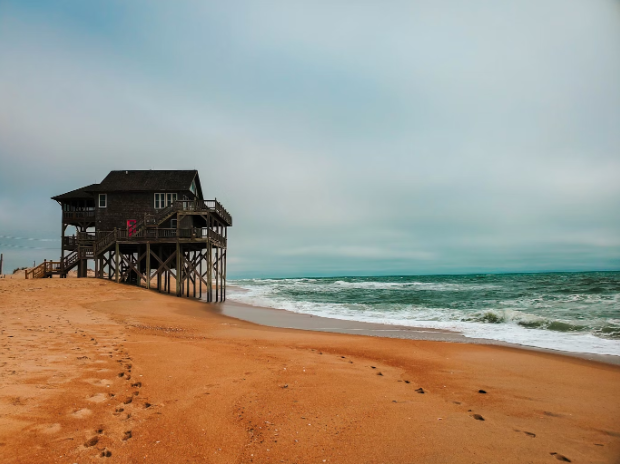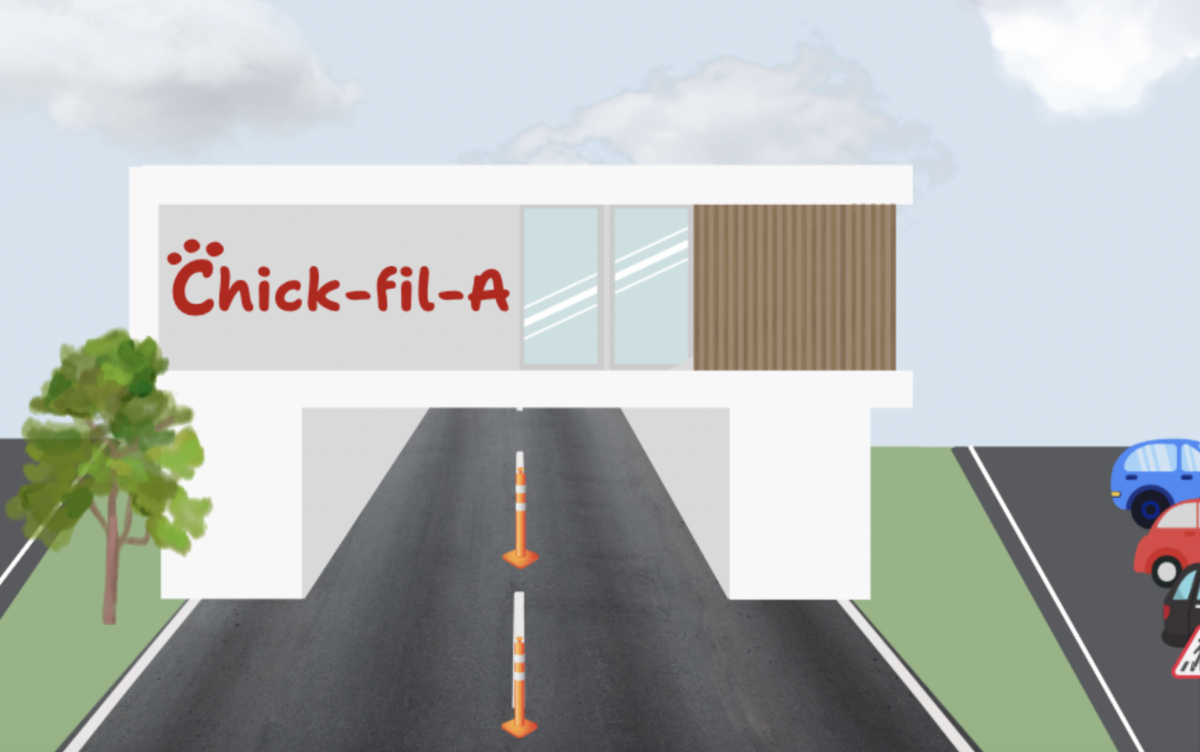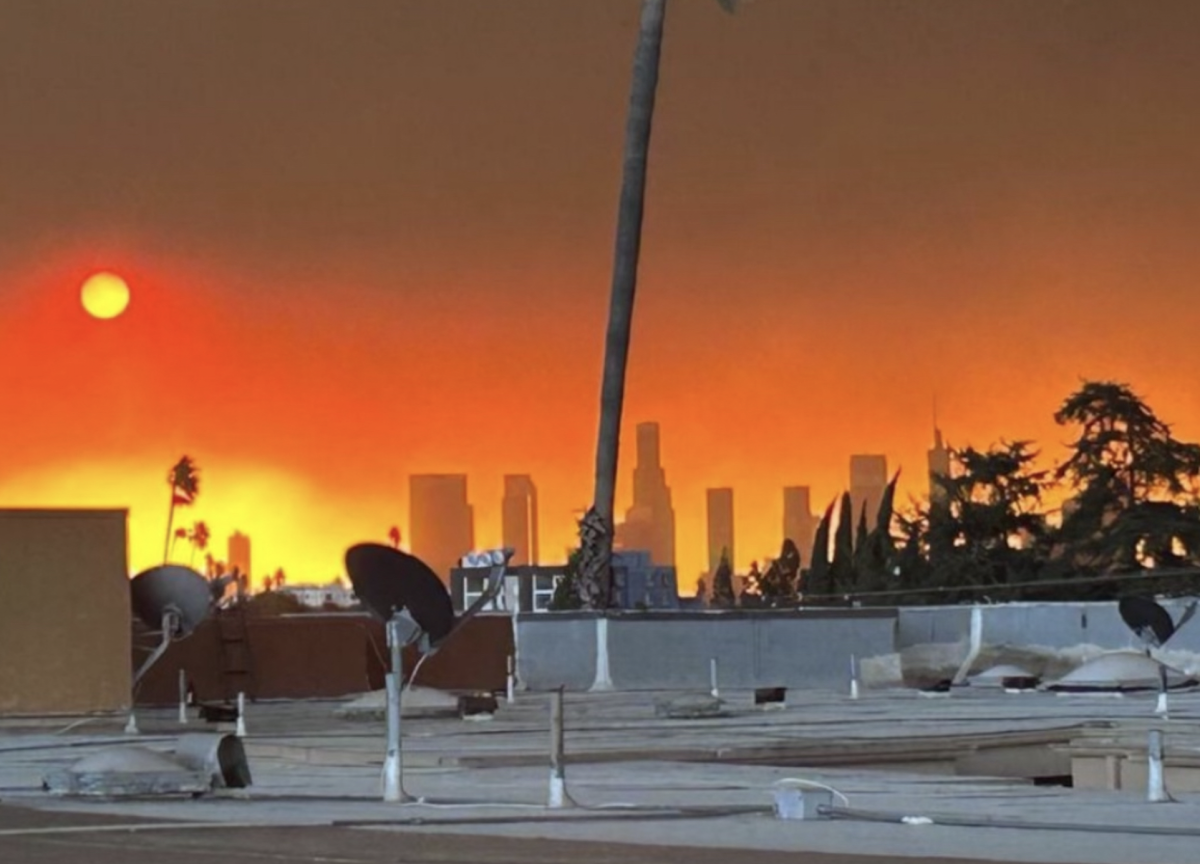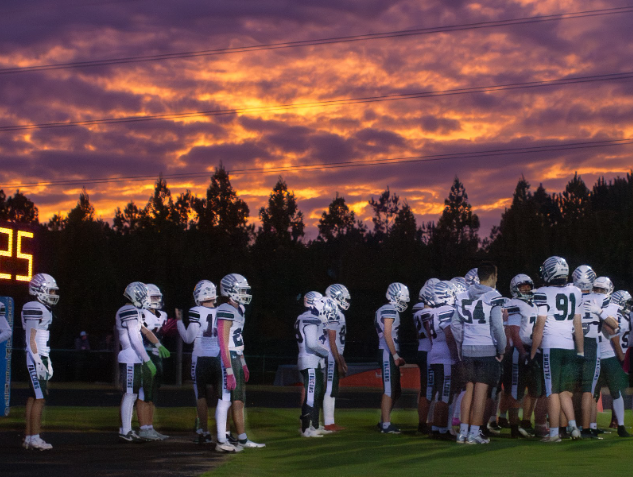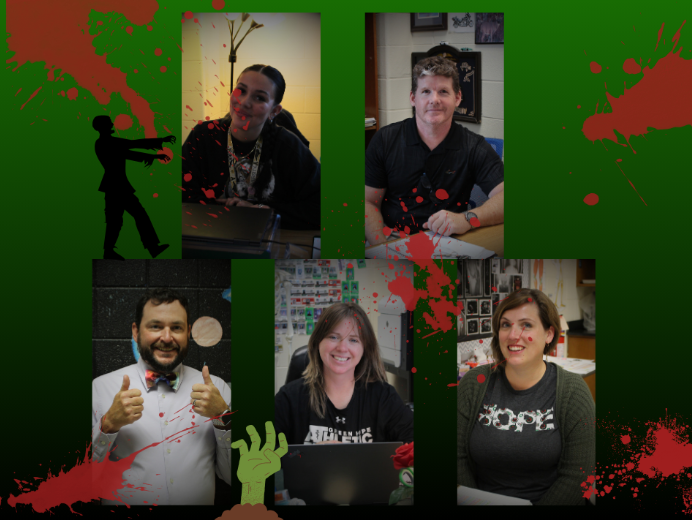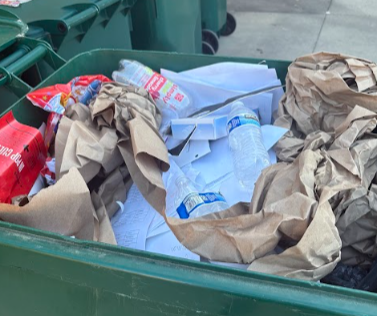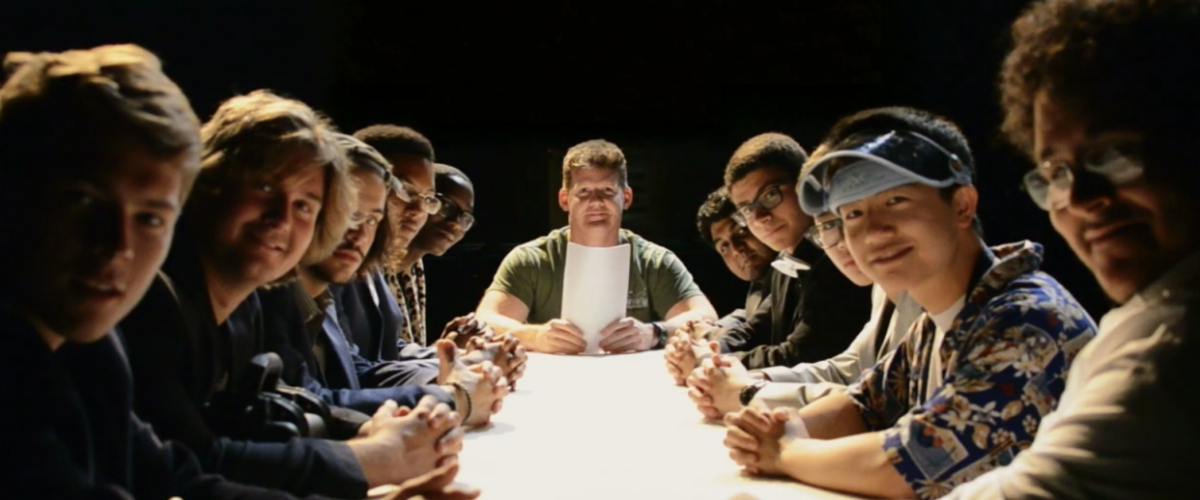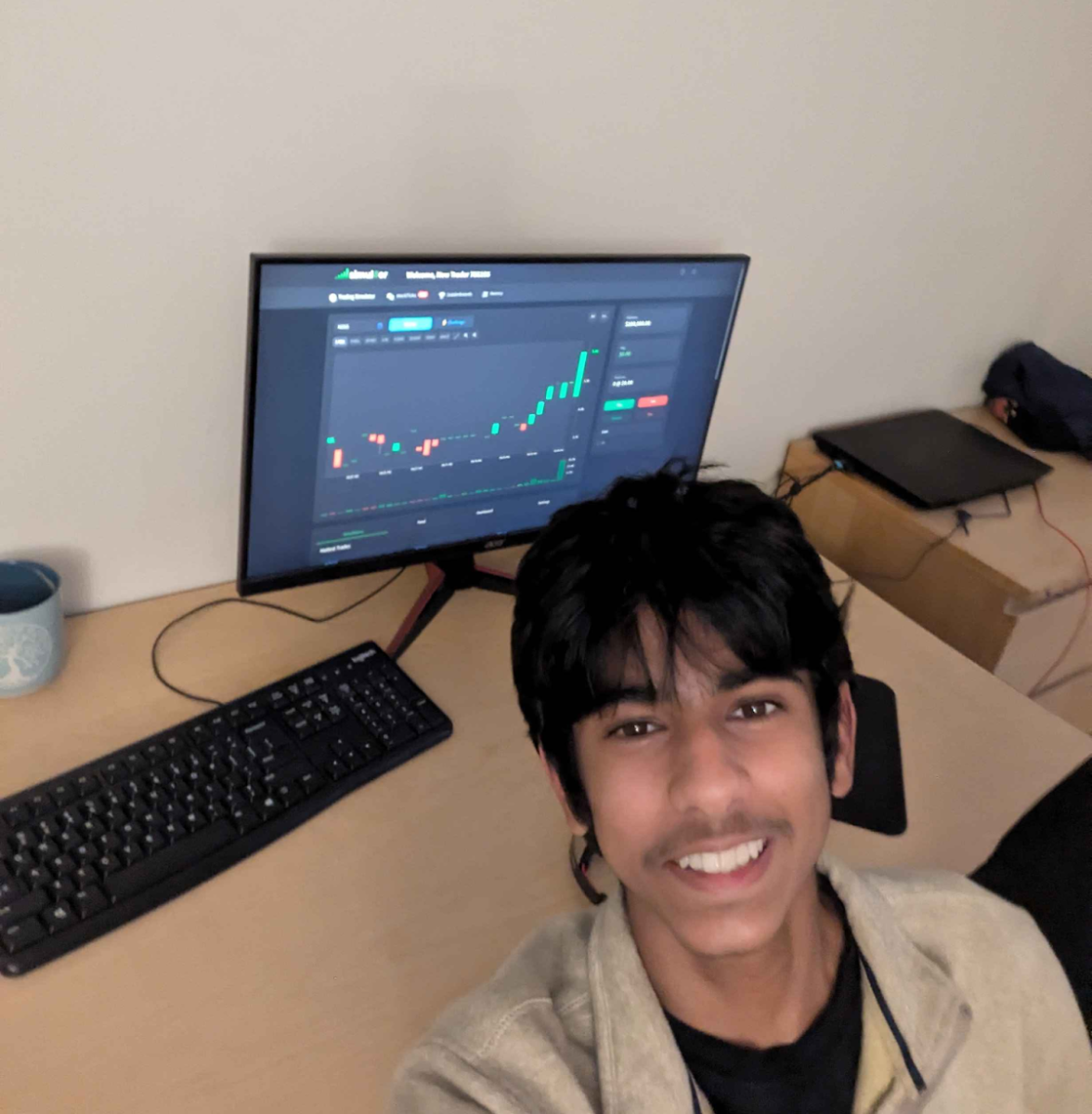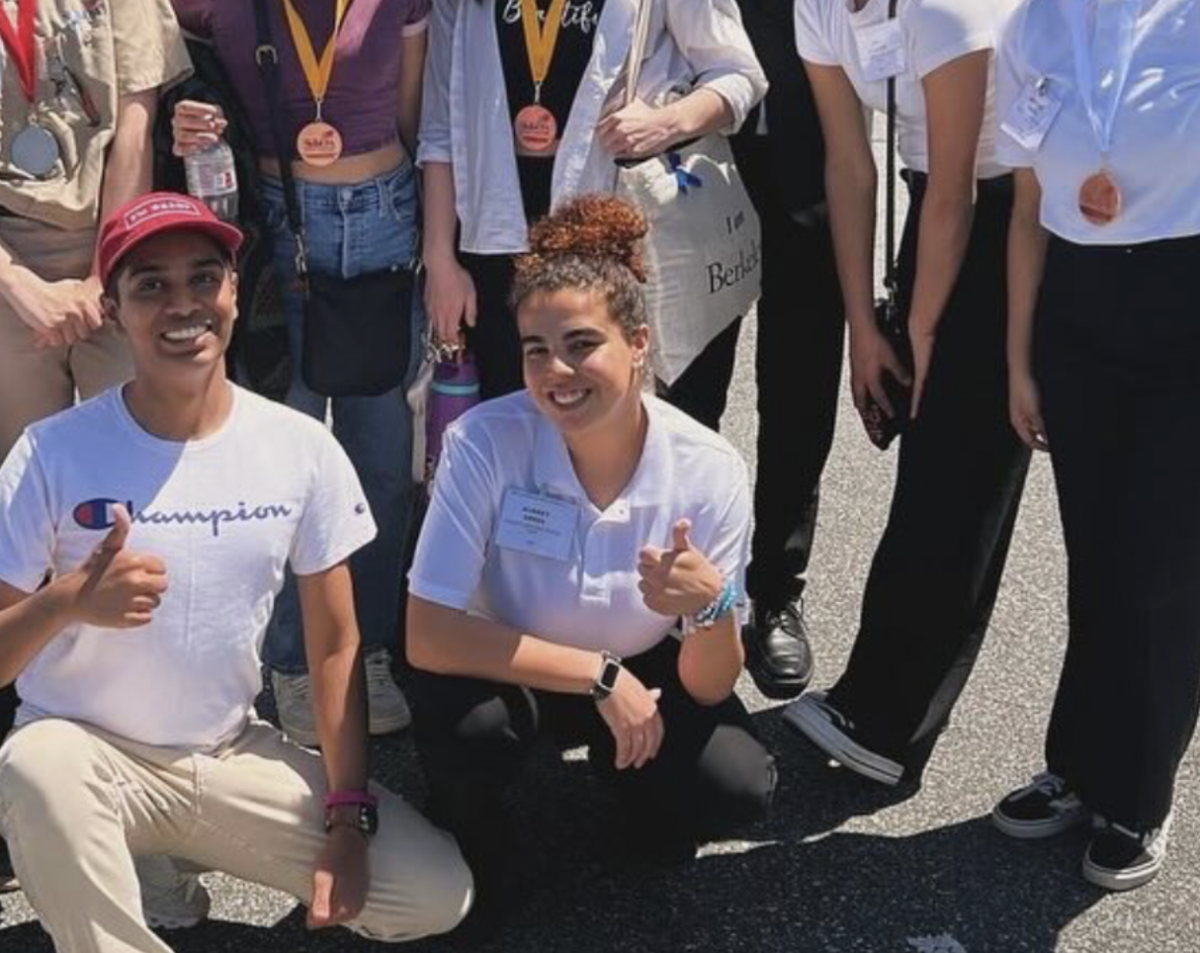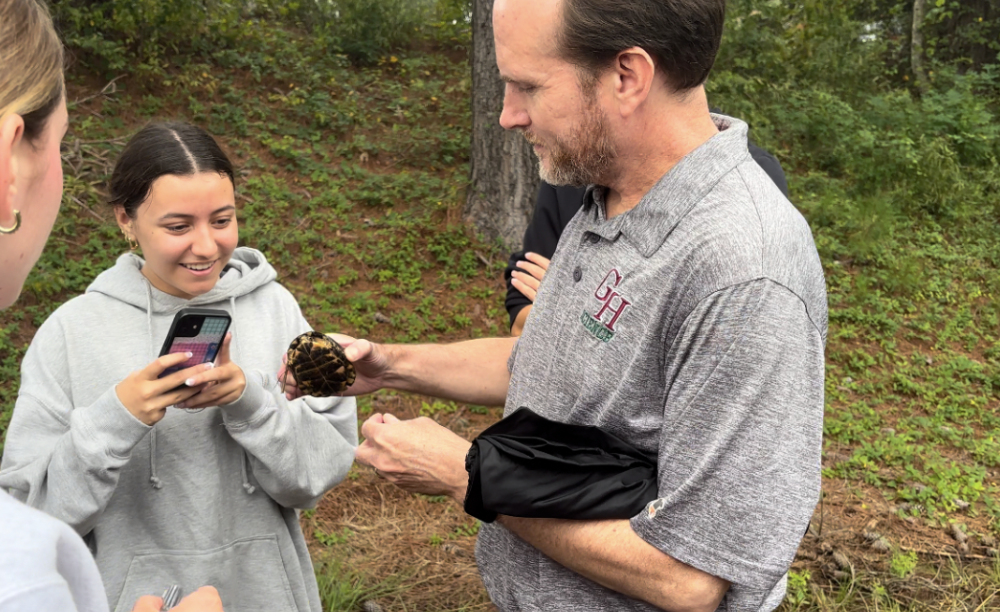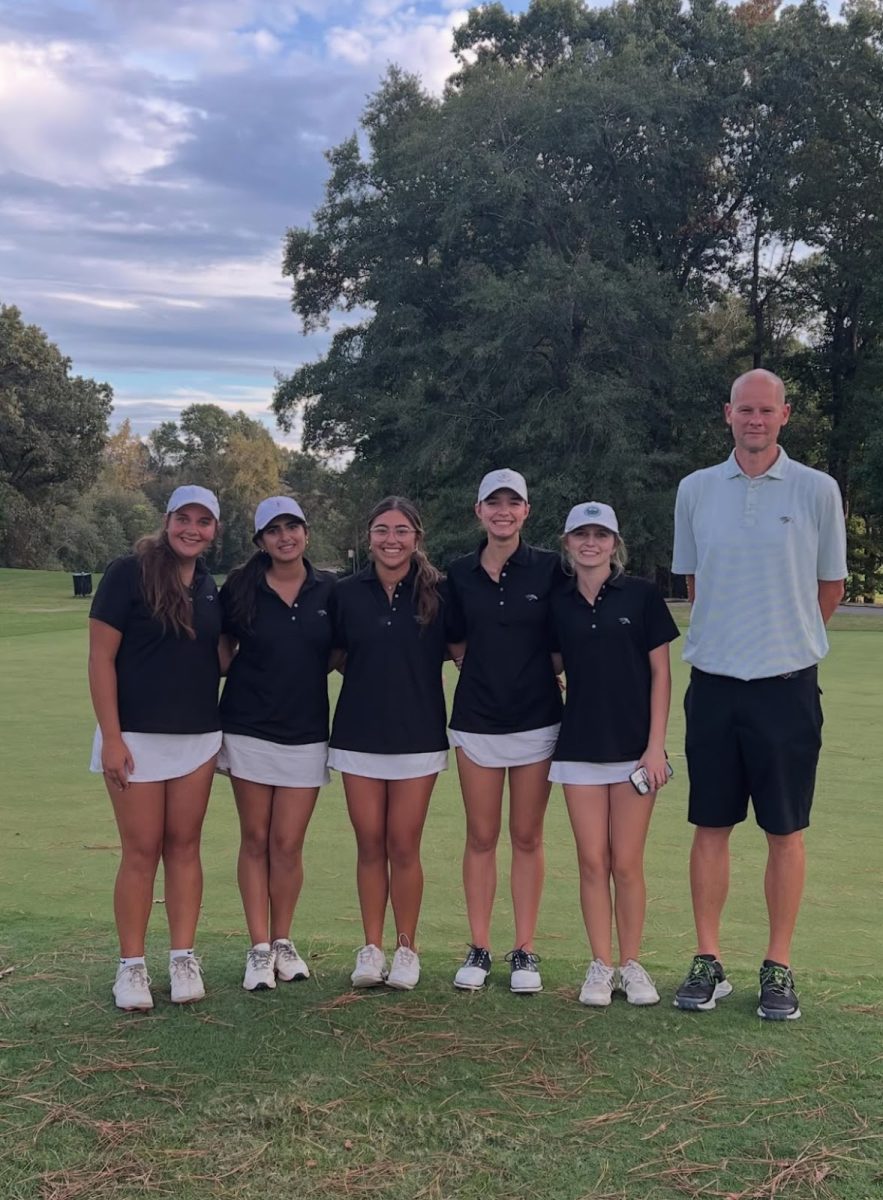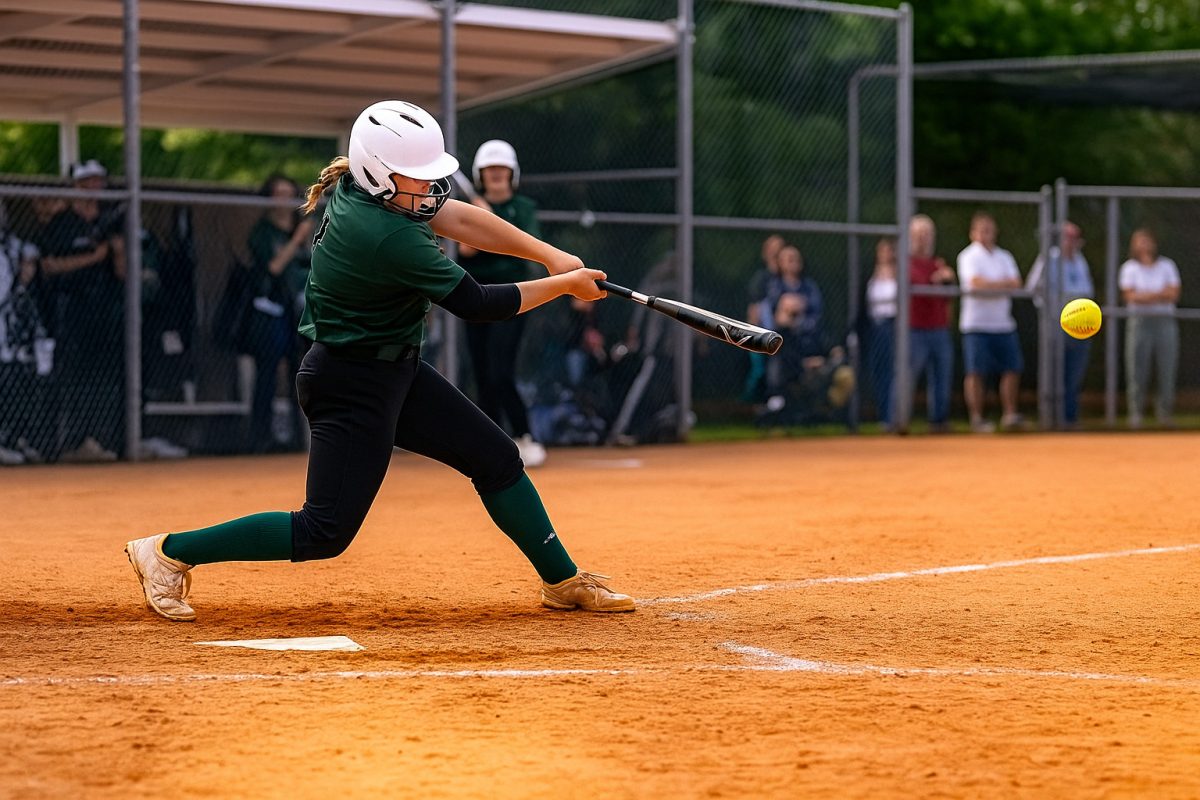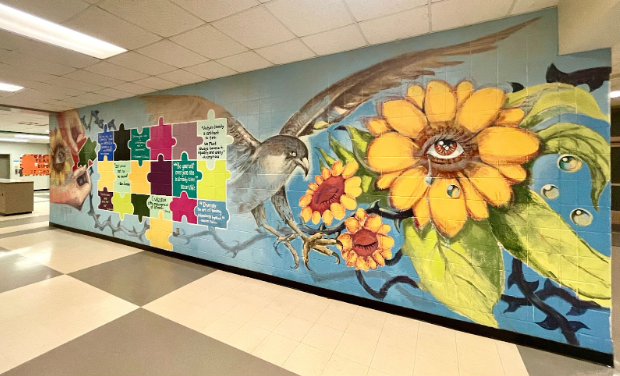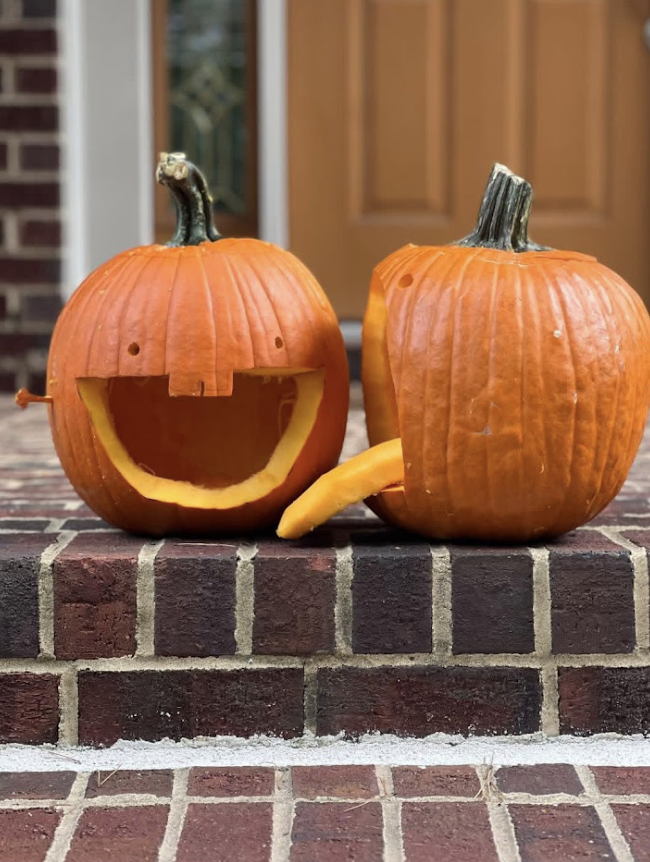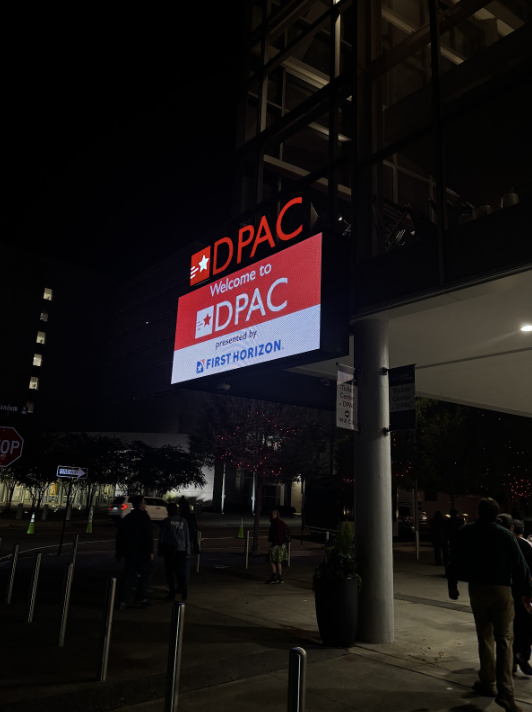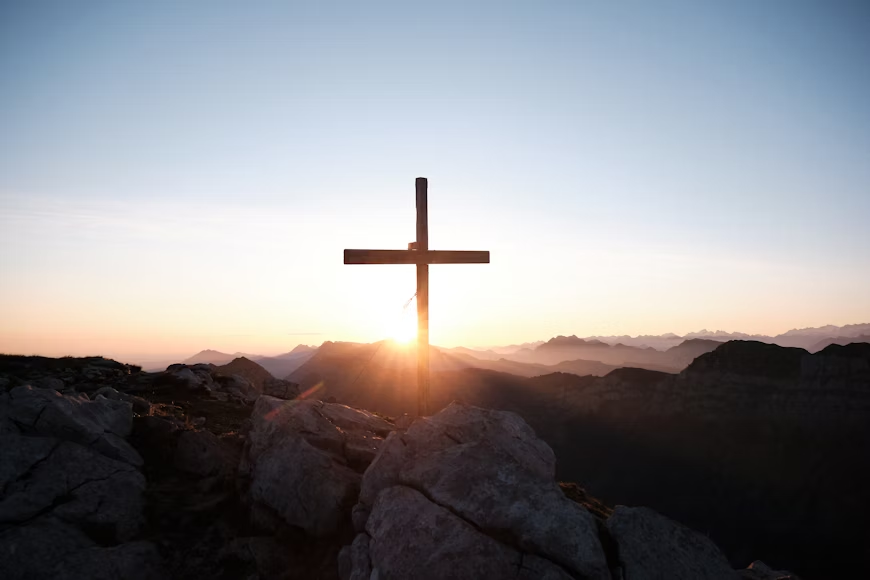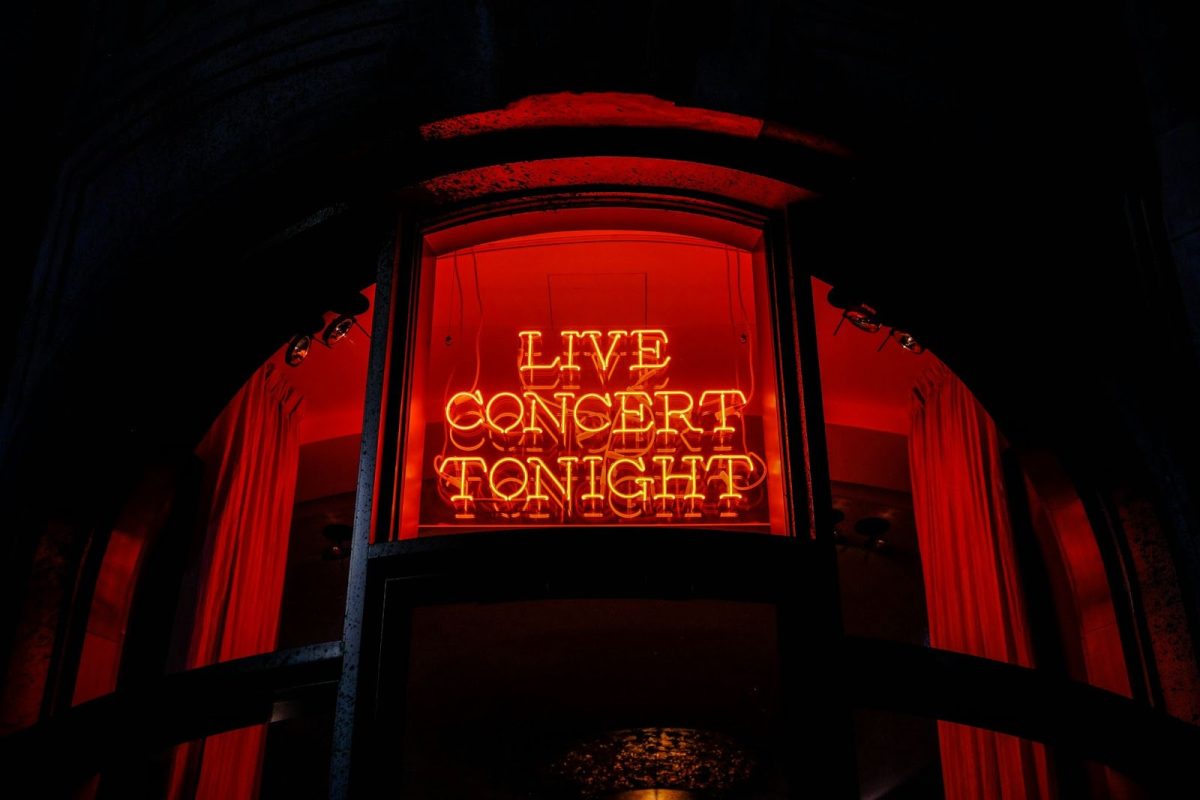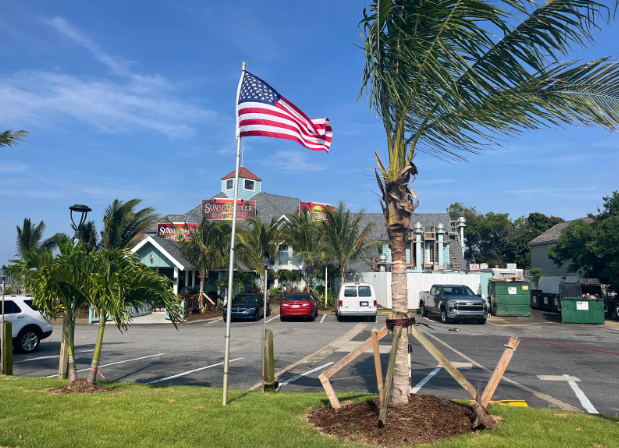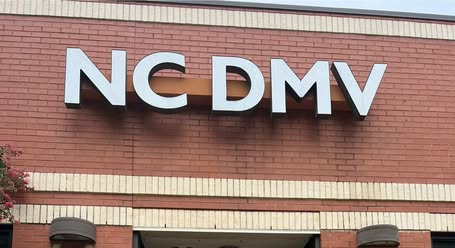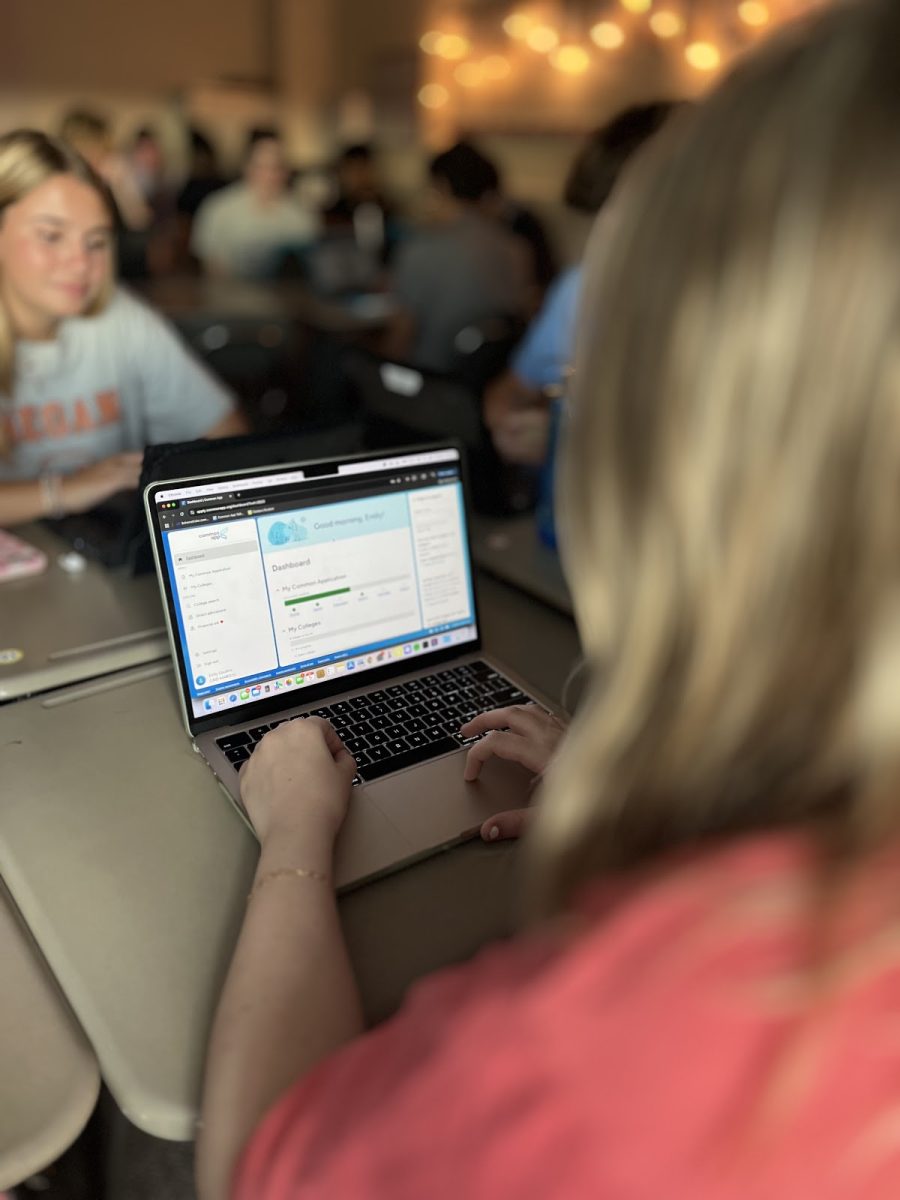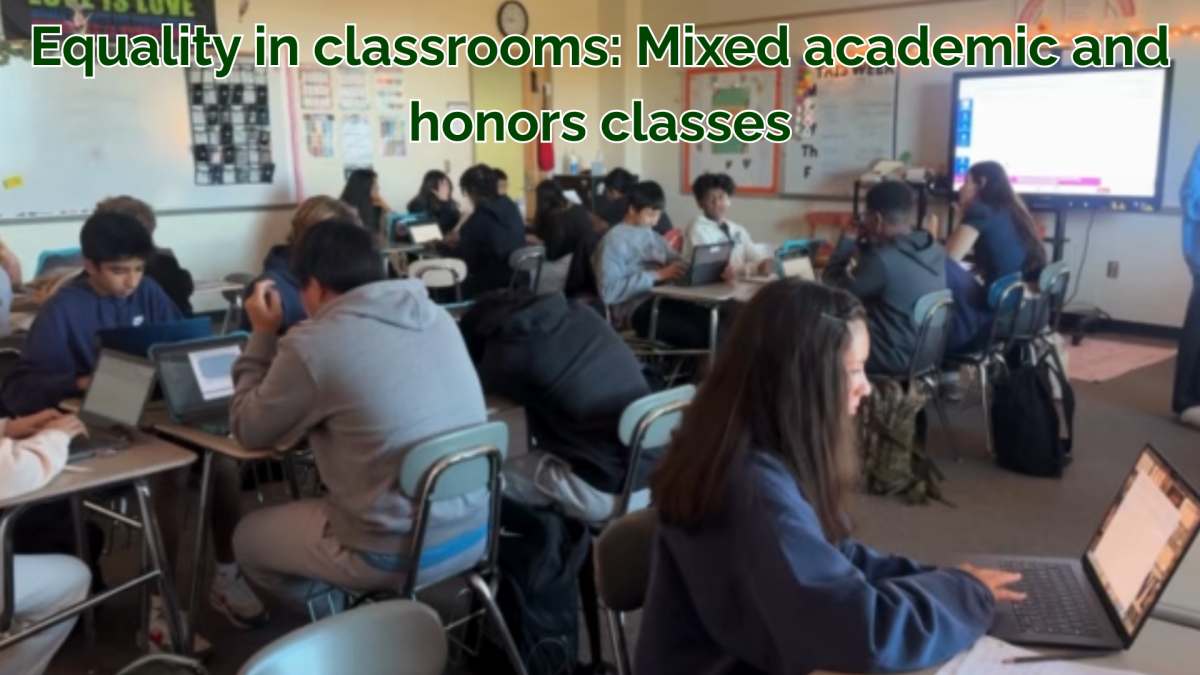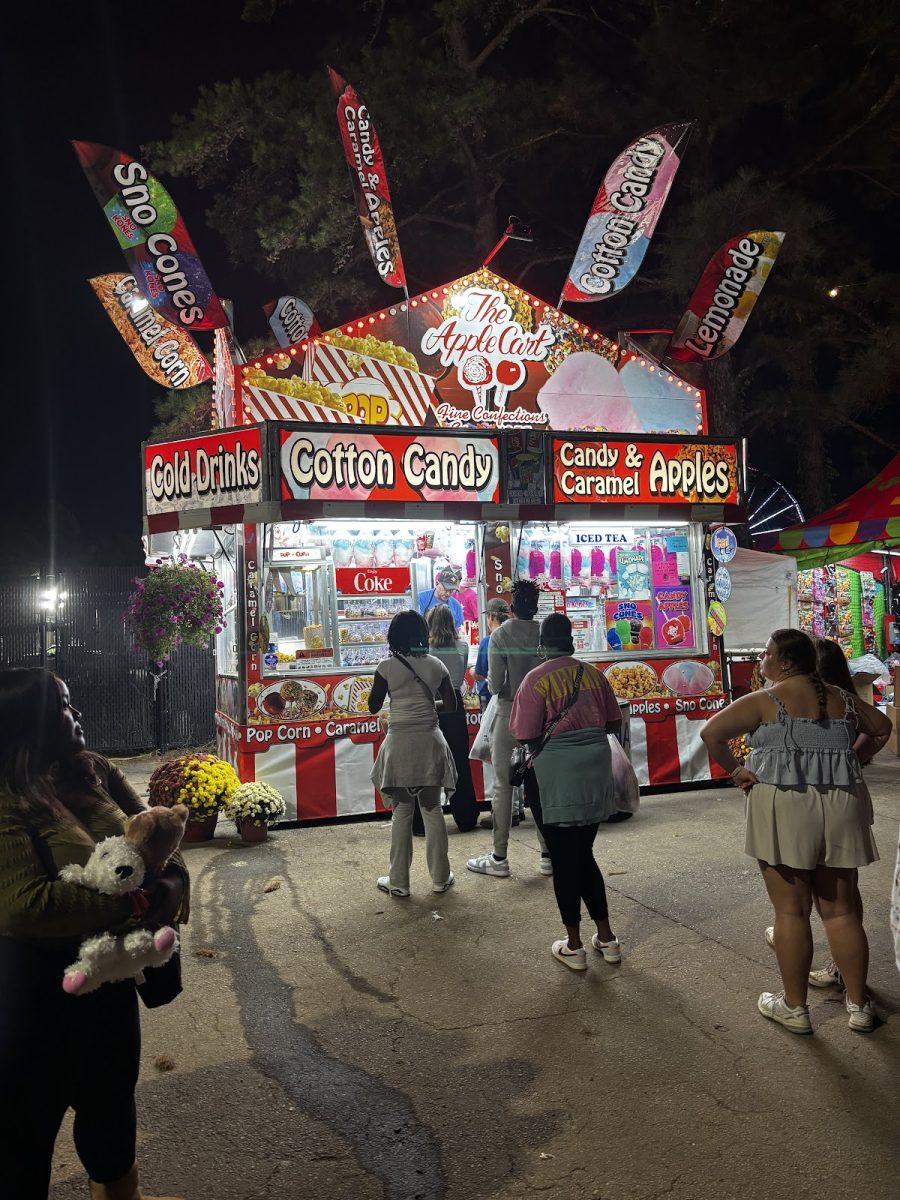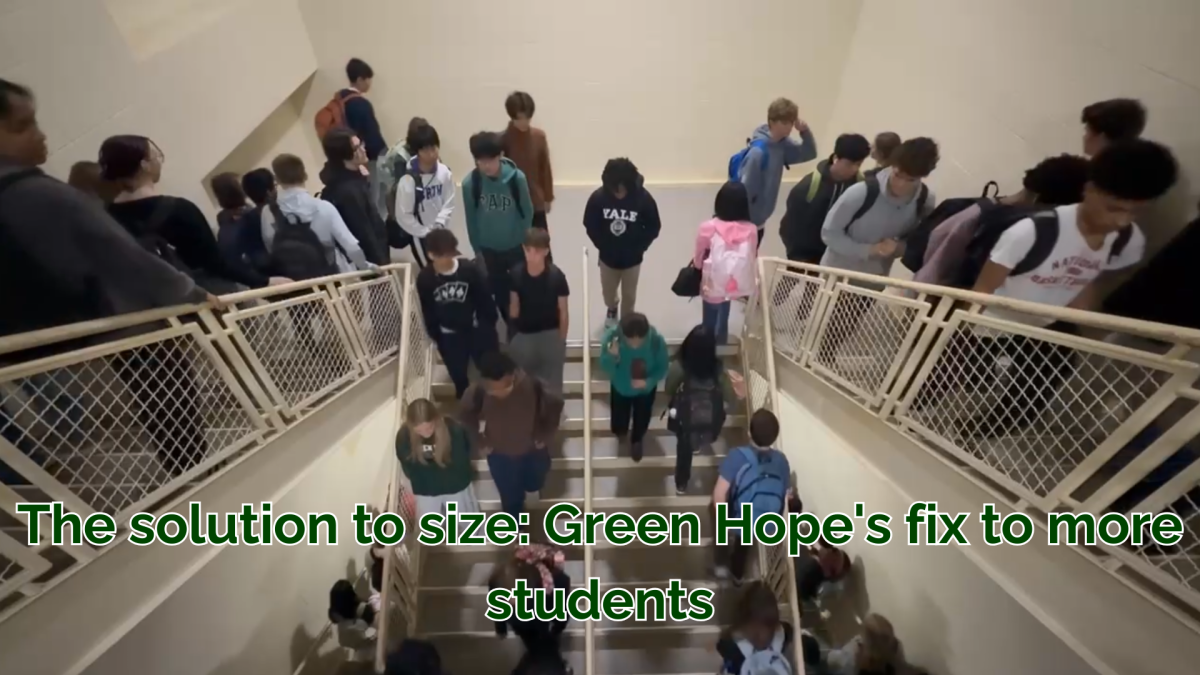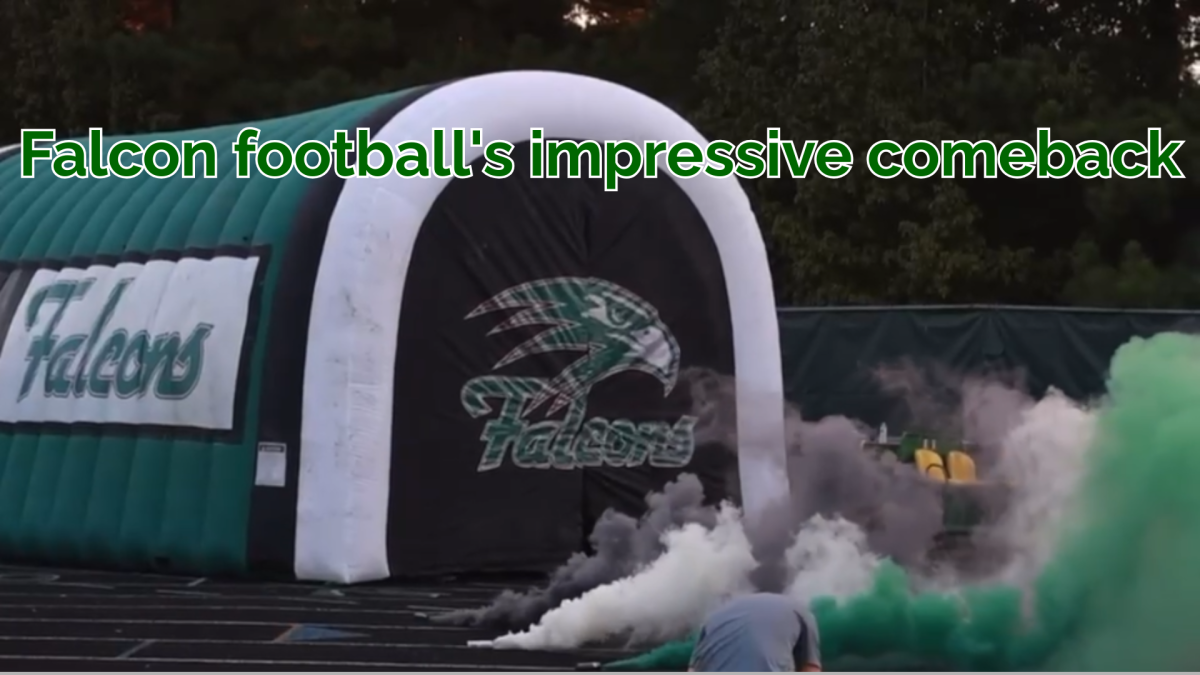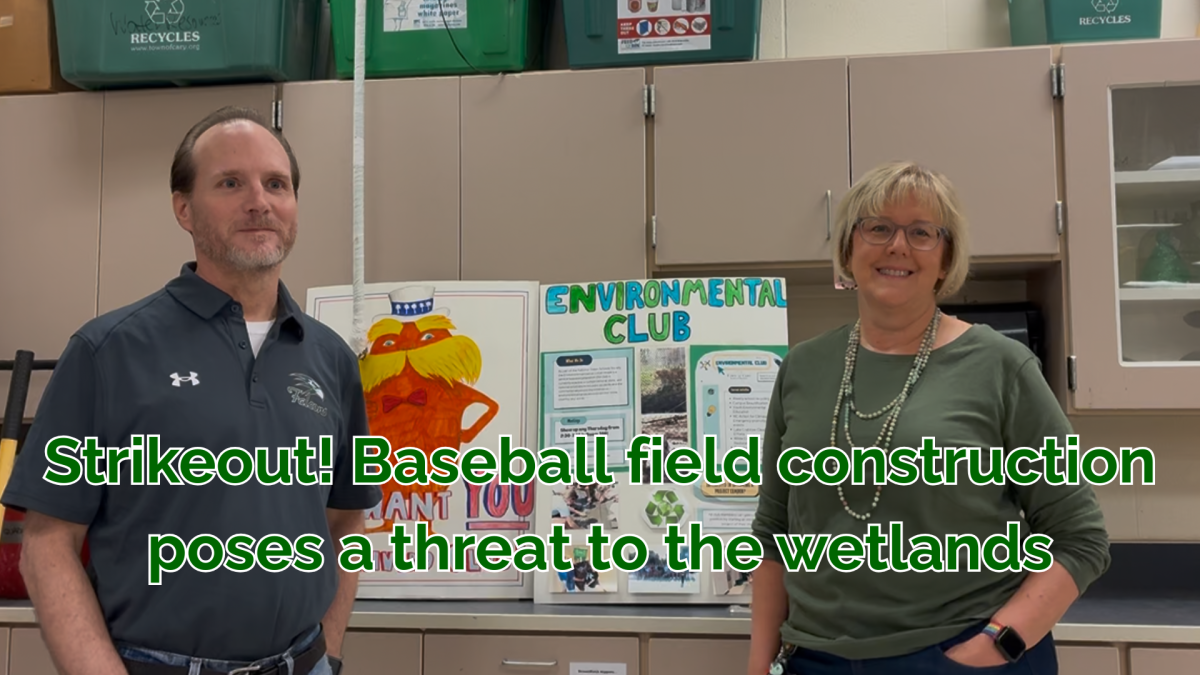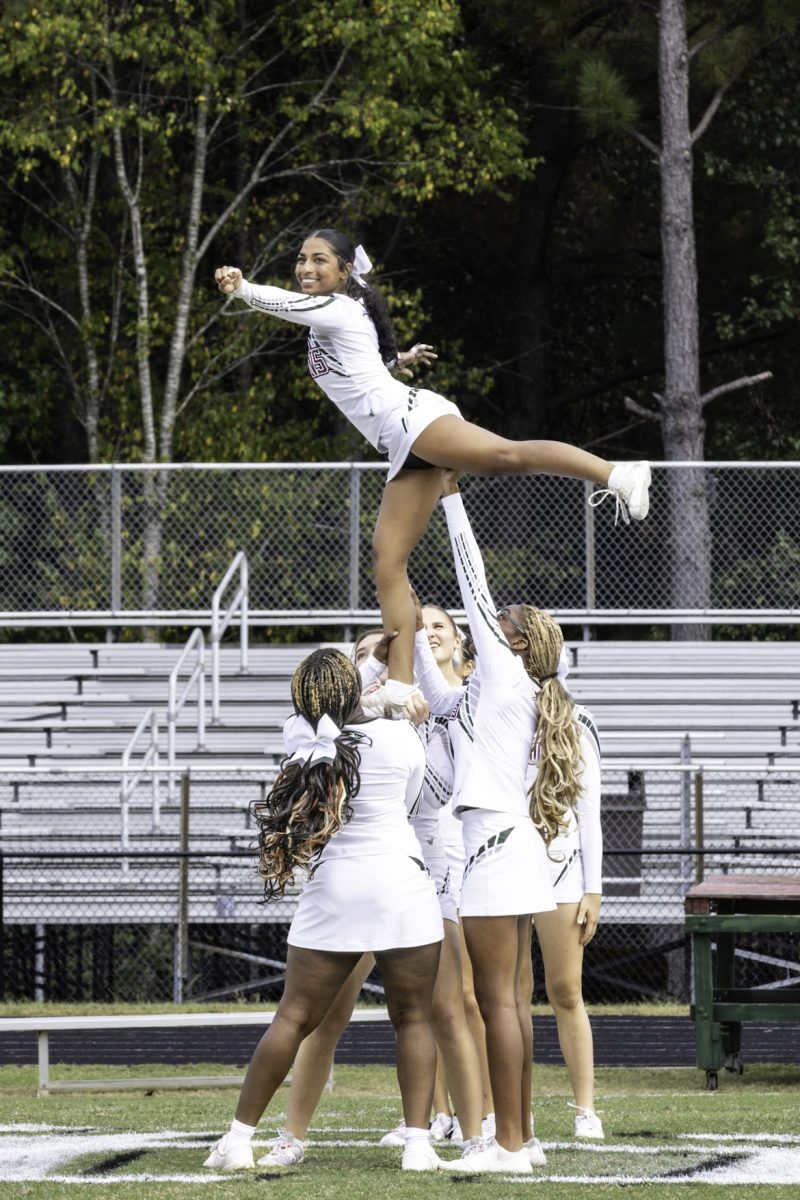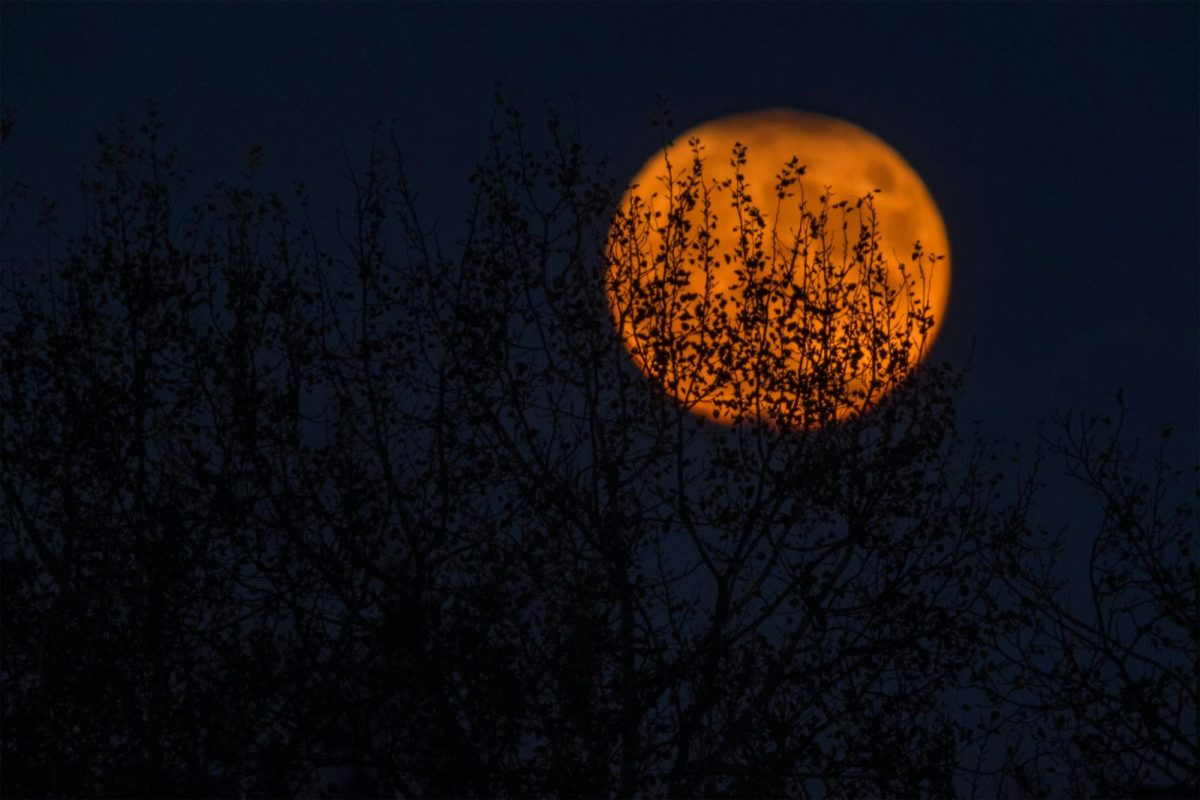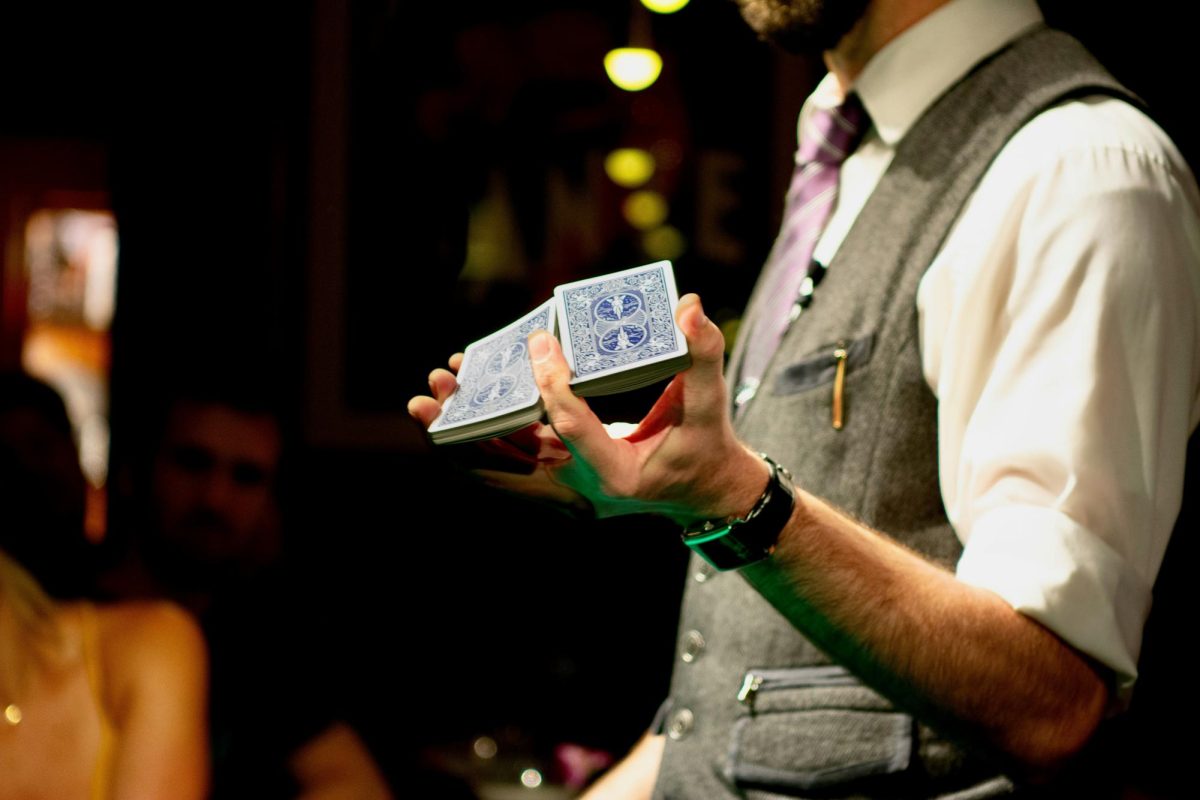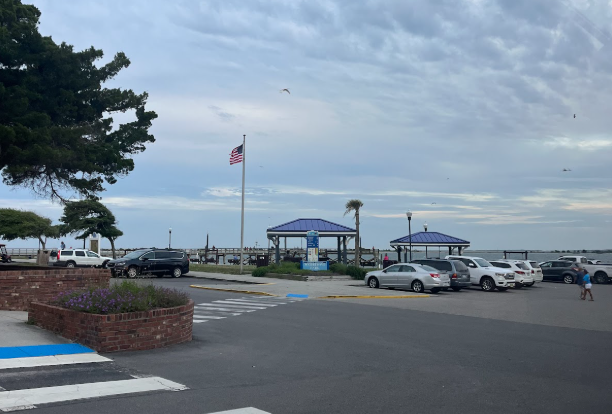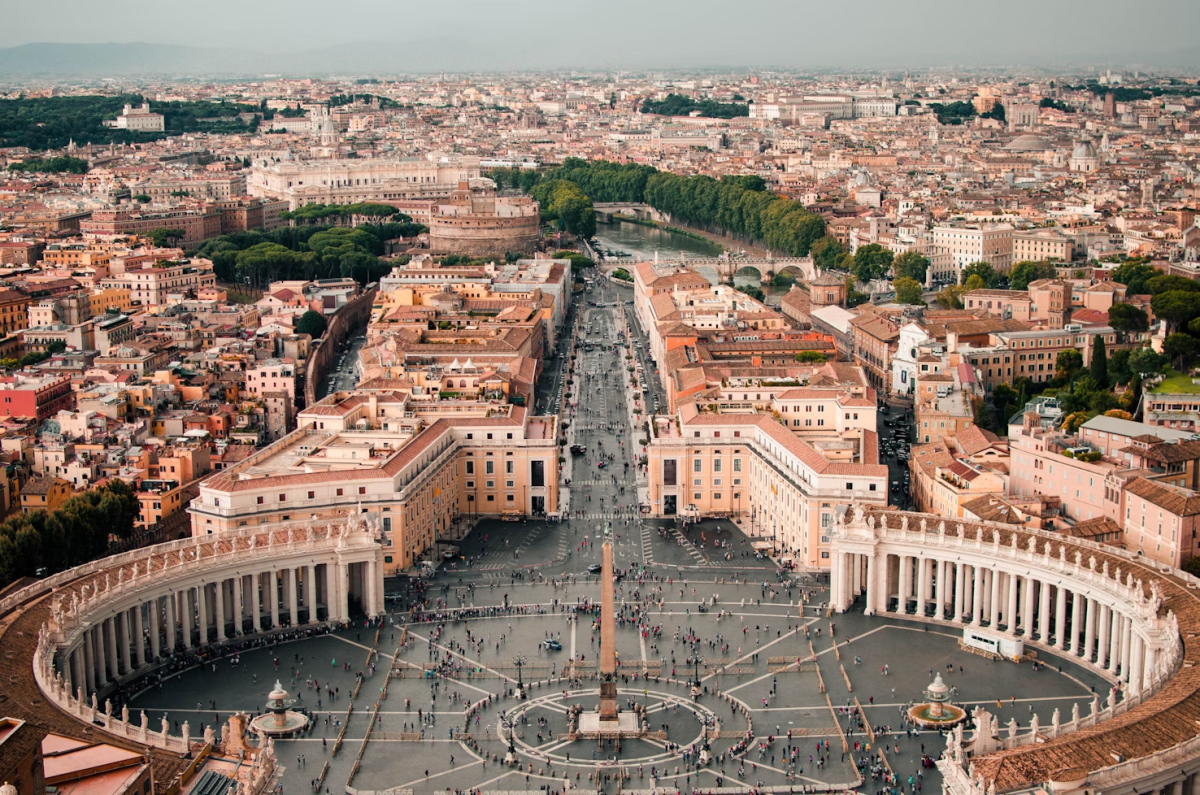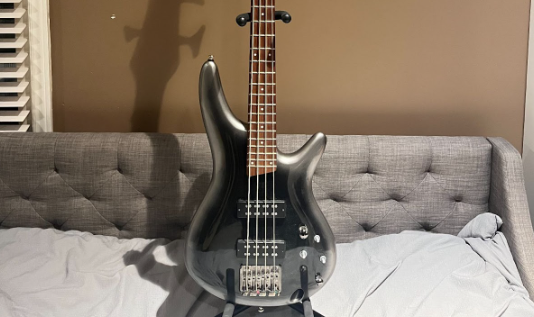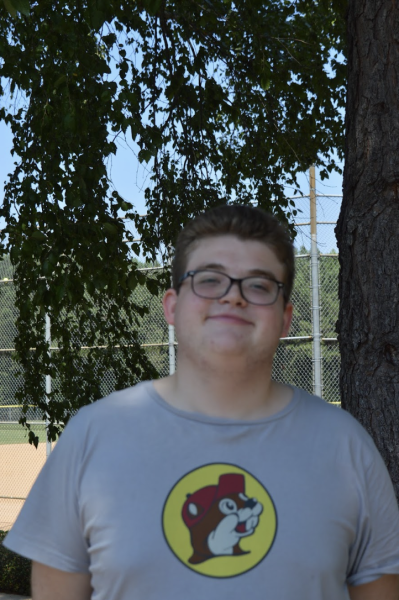The church is not the past. It is what we do next,” as said by Cardinal Benitez in the 2024 Oscar Nominated Film, “Conclave.”
After Pope Francis’ death on Apr. 21 by cardiac arrest, a papal interregnum, Latin for the period of time between one pope and another followed by novendiales (Latin for nine days) of grieving, began. Pope Francis’ funeral occured on Apr. 26, with many prominent United States politicians attending: President Donald Trump, Former President Joe Biden, Former Speaker of the House Nancy Pelosi and House Majority Leader Steve Scalise.
Pope Francis, born Jorge Bergoglio in Argentina, leaves a legacy for future popes to come. Throughout his papacy, or tenure as pope, he advocated for the rights of migrants and refugees. He was celebrated for his outreach with China and the African continent. He formalized the church’s policy of opposing the death penalty in all cases. During his papacy, women remained unable to become priests, however Pope Francis did grant them voting rights within the Synod of Bishops, a global advisory board for the pope.
In 2022, he delivered the first apology by the Vatican to the First Nation people of Canada for the church’s role in the erasure of culture and forced assimilation that happened from the late 1800s to the mid 1900s. Pope Francis endorsed conditional blessing of same-sex couples earned him praise from progressives both in and outside of the church. Some groups, though, have been critical of the extent of his tolerance on various LGBTQ issues. However while some praised him others criticized him for being too progressive.
After Pope Francis’s funeral the cardinals called a Papal Conclave to elect a new pope. This conclave lasted two days with 133 of the 135 eligible cardinal electors in attendance. Only 117 of 252 electors were ineligible because they were older than 80. Of the 135 cardinals that were able to attend, 108 of them were appointed by Pope Francis. After only four ballots, the conclave elected Cardinal Robert Francis Prevost to be the next pope. He then accepted his election and took the name Pope Leo XIV. After Pope Leo XIV’s election, President Trump posted on X formerly known as Twitter congratulating Pope Leo XIV on his election, saying “It is such an honor to realize that is the first American Pope. What excitement, and what a Great Honor for our Country. I look forward to meeting Pope Leo XIV. It will be a very meaningful moment.”
Prevost was born in 1955 at the Mercy Hospital in the Bronzeville neighborhood of Chicago. When he was young he was a part of the parish of St. Mary of the Assumption, he sang in choir and served as an altar boy. In 1977, he joined the order of Saint Augustine where he took his first vows in September of 1978 and his solemn vows in August of 1981. Prevost attended Villanova University, where he earned a Bachelor of Science in Mathematics in 1977. He also obtained a Master of Divinity from the Catholic Theological Union in 1982, he also was a physics and math teacher at St. Rita of Cascia High School.
Prevost joined the Augustian Missionary in Peru in 1985, where he served as chancellor of the Territorial Prelature of Chulucanas. He returned to Peru and spent a decade heading the Augustinian seminary in Trujillo. In 1998 he was elected prior provincial of the Order of St. Augustine’s Province of Our Mother of Good Counsel based in Chicago, he assumed the role in 1999. Prevost was elected Prior General of the Order of Saint Augustine in 2001 and served two six-year terms. In 2015 Prevost was named Bishop of Chiclayo, he then became a naturalized Peruvian citizen before becoming bishop.
In January 2023, Pope Francis appointed Prevost to be a prefect of the Dicastery for Bishops with the title archbishop-bishop emeritus of Chiclayo. In this role he oversaw the selection of new bishops. In September of that year Prevost was appointed to be a cardinal with the rank of cardinal-deacon. In this role Prevost advocated for the removal of Joseph Strickland, a bishop in Texas citing that his leadership was, “the continuation in office of Bishop Strickland was not feasible,” wrote the Dicastery for Bishops. In February of 2025, Pope Francis appointed Prevost to cardinal-bishop and was assigned to be the titular bishop of the Suburbicarian Diocese of Albano. Prevost was active in the Latin American and Caribbean Episcopal Council where he participated in meetings and celebrated mass in Puerto Rico.
On the second day of the conclave Prevost was elected to be pope, thereby becoming the first American and Peruvian pope. He is also the first pope from the Order of Saint Augustine. Prevost chose the name Pope Leo XIV, referencing Pope Leo XIII’s role in the Catholic Church. Pope Leo XIII wrote “Rerum Novarum,” Latin for “Of revolutionary change,” but better translated as, “Rights and Duties of Capital and Labor.” In this, Pope Leo XIII outlined the rights of workers to safe working conditions, the formation of trade unions, while opposing both socialism and laissez-faire capitalism. Even though it was written in 1891, it is still relevant today as it is essential to understand the Church’s social teachings.
The day after Pope Leo XIV was elected, he celebrated his first Mass as pope in the Sistine Chapel. During the Mass, he warned against the lack of faith in the world and spoke of a Church that would act as a “Beacon that illuminates the dark nights of this world.”


